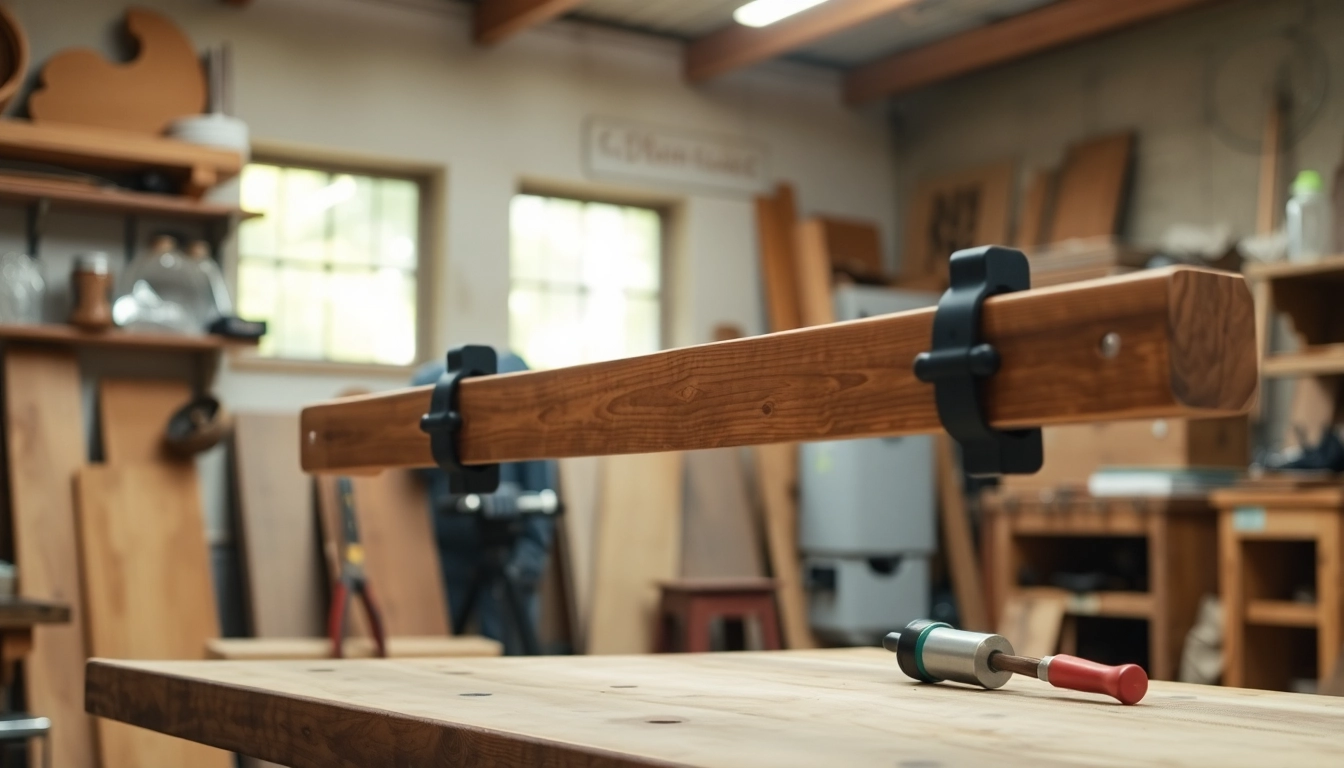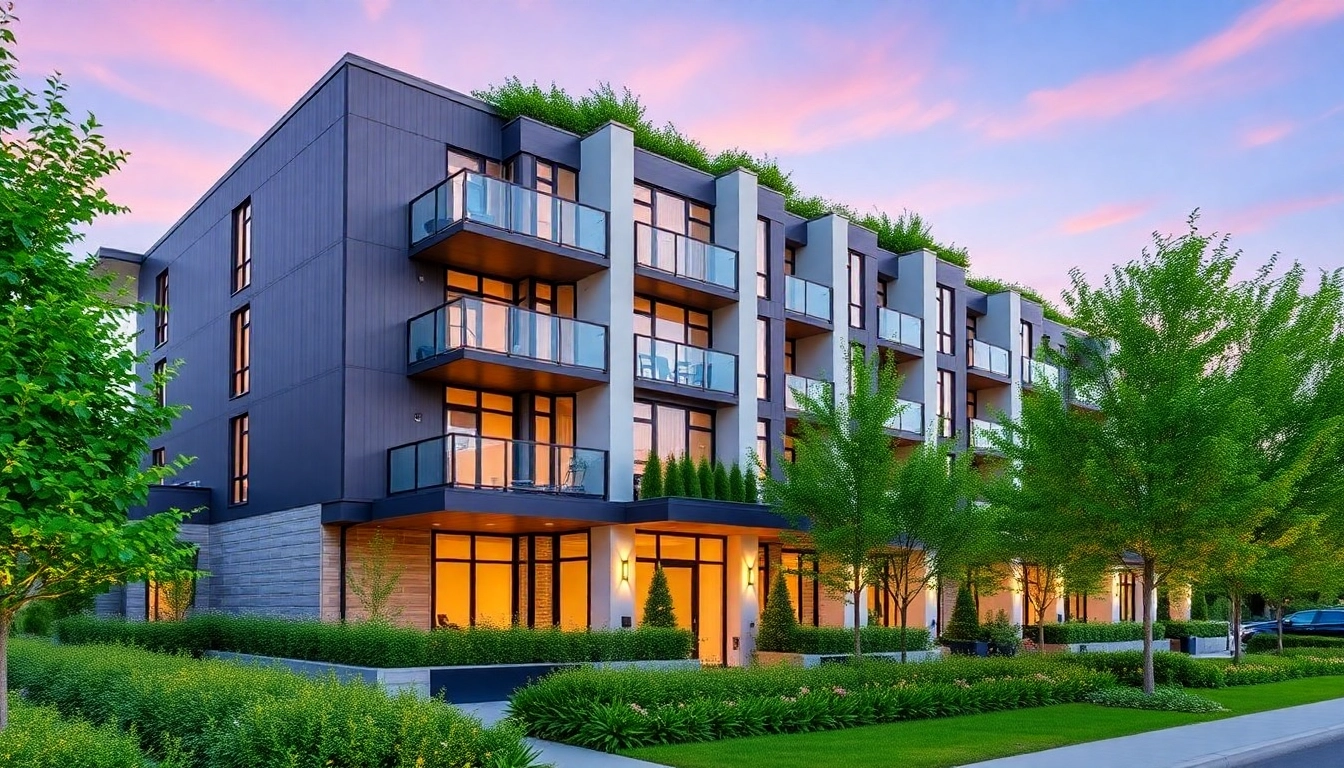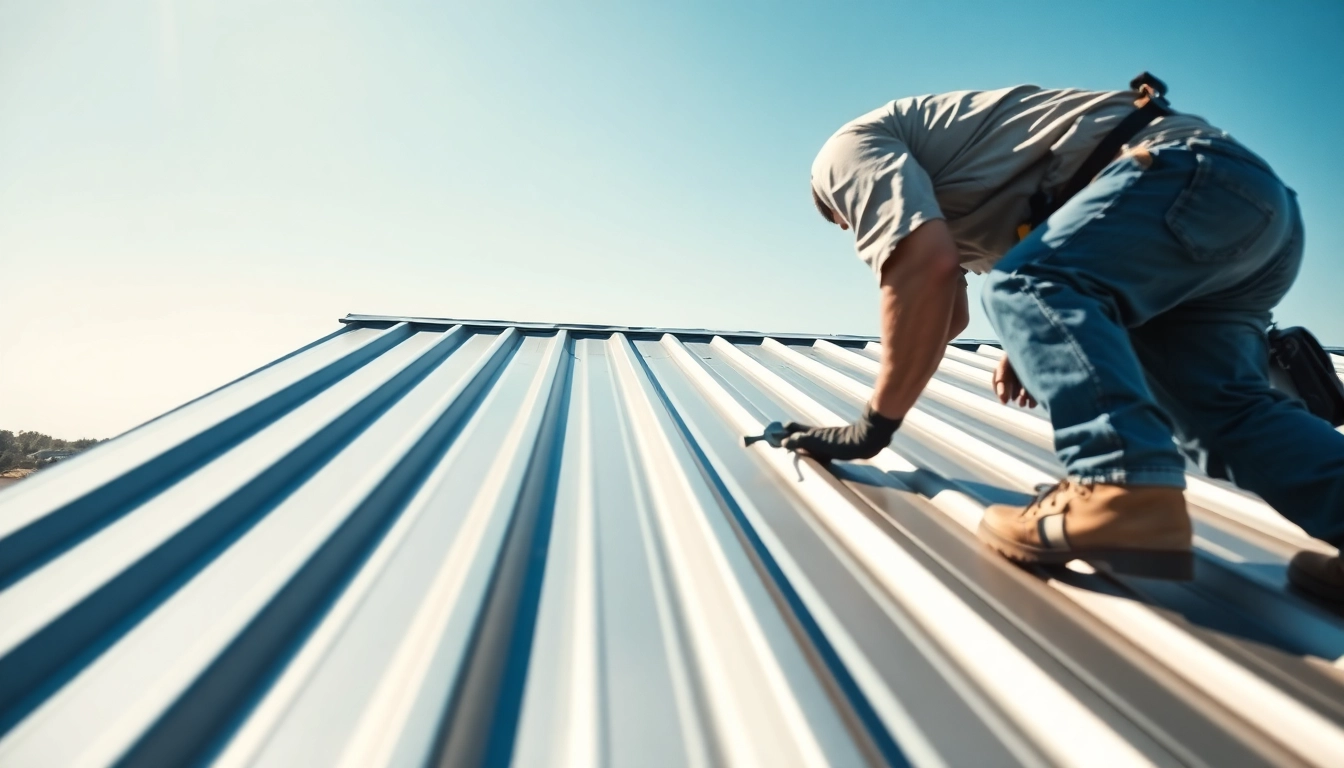Understanding Back Bar Repair
Back bar repair refers to the process of fixing or restoring damaged bar equipment often found in various commercial and residential settings, particularly in bars, restaurants, and kitchens. Whether it’s the structural framework, the cabinetry, or equipment such as coolers, understanding how to address these repairs is crucial for maintaining functionality and aesthetics. This guide will delve into the nuances of back bar repair, covering everything from common issues and essential tools to advanced techniques.
What is Back Bar Repair?
Back bar repair encompasses a range of maintenance tasks aimed at ensuring the longevity of bar fixtures. This may include minor cosmetic fixes like repainting or refinishing surfaces, as well as substantial structural repairs involving reinforcements or replacements of parts. Back bars often suffer from wear and tear due to heavy usage, spills, temperature fluctuations, and exposure to cleaning products. Understanding the specific components of back bars, such as shelving, refrigeration units, and finishes, is essential for successful repairs.
Common Issues That Require Back Bar Repair
Several common issues may necessitate back bar repairs, including:
- Structural Damage: Cracks or breaks in shelving or cabinetry can compromise the integrity of the bar setup.
- Refrigeration Malfunctions: Coolers may fail due to wear and tear on seals, motors, or electrical components, leading to temperature control issues.
- Surface Damage: Scratches, stains, and adhesive residues from labels can detract from the appearance of back bar furniture.
- Water Damage: Frequent cleaning can lead to water damage, warping, or mold growth if not addressed promptly.
- Lighting Failures: Outdated or broken lighting fixtures can affect the bar’s ambiance and functionality.
The Importance of Timely Repairs
Addressing back bar repairs promptly is vital for several reasons. First, delaying repairs can escalate costs as minor damages may lead to more extensive damages over time. Second, a well-maintained back bar enhances the overall customer experience. Finally, timely repairs help ensure compliance with health and safety regulations, preventing potential sanctions or fines.
Tools and Materials Needed for Back Bar Repair
Essential Tools for Effective Repairs
Having the right tools at hand can make a significant difference in the efficiency and effectiveness of back bar repairs. Essential tools typically include:
- Drills and Drill Bits: For creating holes or attaching components securely.
- Screwdrivers: A variety of screwdrivers are necessary for different types of screws.
- Saws: Handsaws or power saws may be required for cutting materials to the desired size, particularly wood or plastic.
- Measuring Tape: Accurate measurements are essential for precision in repair work.
- Sanders: Useful for smoothing surfaces or preparing them for finishing.
- Clamps: For holding materials together securely while adhesive cures.
Choosing the Right Materials
Choosing high-quality materials is crucial for ensuring repair longevity and functionality. Common materials include:
- Wood: Ideal for structural repairs and aesthetic finishes; ensure it is treated to resist moisture.
- Metal: For repairs involving shelving supports and metal fixtures, choose corrosion-resistant options.
- Adhesives: Strong adhesives like epoxy can provide lasting bonds for broken pieces.
- Paint and Finishes: Select finishes that offer durability and are suitable for high-traffic areas.
- Insulation Materials: If dealing with refrigeration units, appropriate insulation can improve efficiency.
Safety Equipment and Best Practices
Safety should always be a priority during repair work. Essential safety equipment includes:
- Gloves: Protect your hands from sharp objects and harmful chemicals.
- Safety Glasses: Prevent eye injuries while cutting or drilling.
- Ear Protection: Useful when using power tools that produce loud noise.
Additionally, adhere to best practices such as maintaining a clean workspace, properly disposing of waste materials, and ensuring good ventilation when using chemicals or paints.
Step-by-Step Back Bar Repair Techniques
Preparing the Area for Repair
Before commencing any repair, it’s crucial to prepare the work area. Steps include:
- Clearing the Space: Remove all items from the back bar to create an uncluttered work environment.
- Cleaning the Area: Ensure that surfaces are clean and free from debris to allow for precise repair work.
- Assessing the Damage: Identify specific areas needing repair and plan your approach accordingly.
Conducting Basic Repairs
Basic repairs often involve simple fixes such as reattaching loose shelving or applying new finishes. Common techniques include:
- Screwing Back Loose Components: Ensure screws are not stripped and use proper-sized screws to reattach shelves.
- Filling Cracks or Holes: Use wood fillers or epoxy to repair surfaces before sanding smooth and repainting.
- Replacing Old Hardware: Updating knobs, hinges, and handles can significantly enhance the appearance.
Advanced Repair Methods
For more severe damages, advanced repair methods may be required. This could include:
- Replacing Refrigeration Components: If coolers aren’t functioning, it may be necessary to replace compressor units or seals.
- Structural Reinforcements: Using metal brackets can provide additional support for shelving that may be overloaded.
- Custom Fabrication: In some cases, custom parts may need to be fabricated to ensure a proper fit and finish.
Maintenance Tips for Longevity
Regular Maintenance Routines
To prevent the need for extensive repairs, regular maintenance is vital. Recommendations include:
- Cleansing Surfaces: Regularly clean surfaces with appropriate products to avoid buildup or staining.
- Conducting Inspections: Periodically check for loose screws, signs of wear, and equipment performance.
- Routine Deep Cleaning: Schedule a deeper clean quarterly to maintain hygiene and appearance.
Signs That Indicate a Need for Repair
Being aware of potential warning signs can allow for timely repairs. These signs may include:
- Visible Damage: Cracks, breaks, or missing parts should be addressed immediately.
- Operational Issues: If equipment fails or appears to function poorly, professional inspection may be needed.
- Aesthetic Concerns: Peeling paint or worn finishes can indicate a need for cosmetic repair.
How to Extend the Life of Your Back Bar
Longevity can be achieved through consistent care and attentive usage. Tips include:
- Educate Staff: Train team members on the proper use and care of back bar equipment to prevent misuse.
- Adjust Environmental Conditions: Maintain suitable humidity and temperature levels to avoid wear from environmental factors.
- Invest in Quality: Use durable materials and professional services for repairs and maintenance to ensure high quality.
Cost Considerations and Professional Help
Estimating Back Bar Repair Costs
The costs associated with back bar repair can vary widely based on the type of repair required. Factors to consider include:
- Extent of Damage: Minor repairs will generally be less expensive than major overhauls or replacements.
- Materials Used: Higher quality materials may increase costs but can lead to better long-term outcomes.
- Labor Costs: Hiring skilled professionals may add to initial costs but can save money by ensuring effective work.
When to Seek Professional Assistance
While many repairs can be undertaken independently, certain situations warrant professional expertise:
- Complex Electrical Issues: If refrigeration systems or electronics are involved, it’s best to consult a professional.
- Extensive Structural Damage: For severe damages that compromise safety, hire a qualified repair expert.
- Lack of Expertise: If you are unsure about the repair process, consulting an expert can prevent costly mistakes.
Finding the Right Repair Specialist
Choosing a qualified repair specialist is key to achieving satisfactory results. Look for professionals who have:
- Relevant Experience: Assess their history with back bar repairs and customer feedback.
- Solid References: Recommendations from other businesses or online reviews can guide your decision.
- Certifications: Verify if they possess necessary licenses or certifications related to commercial repairs.


